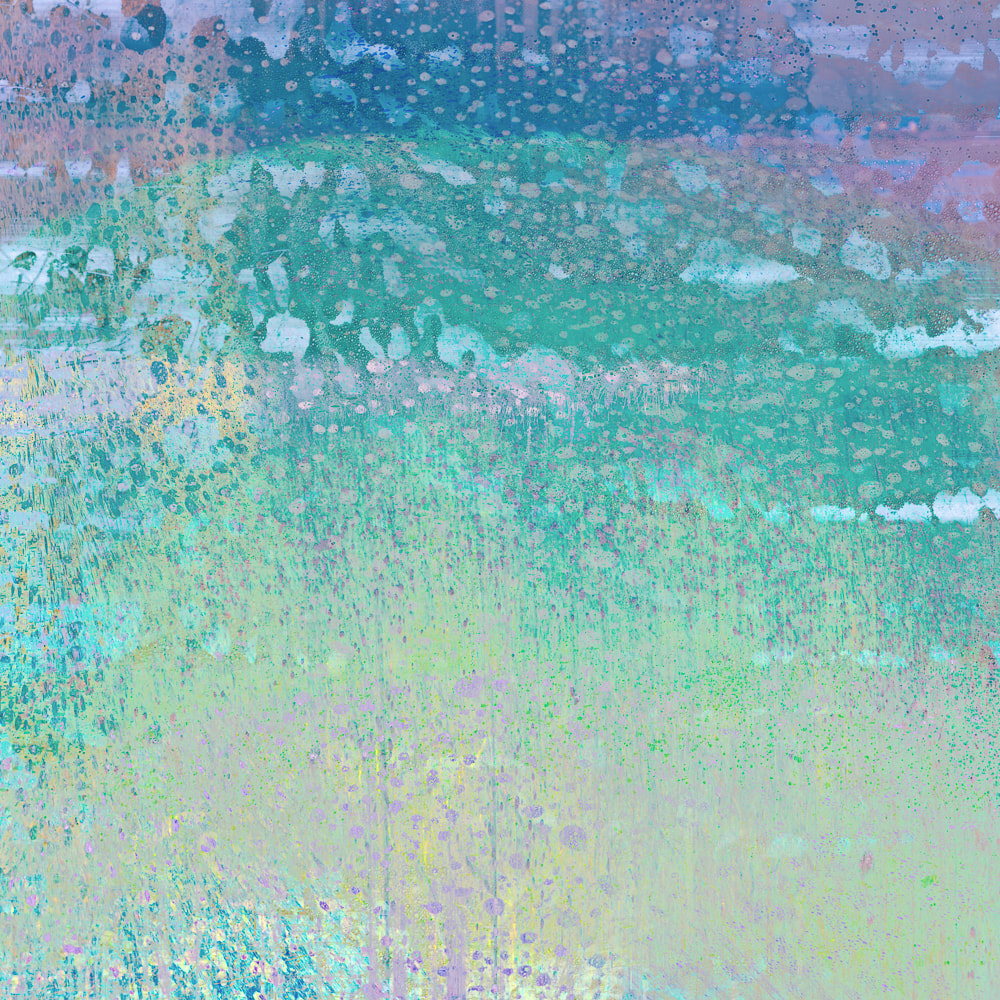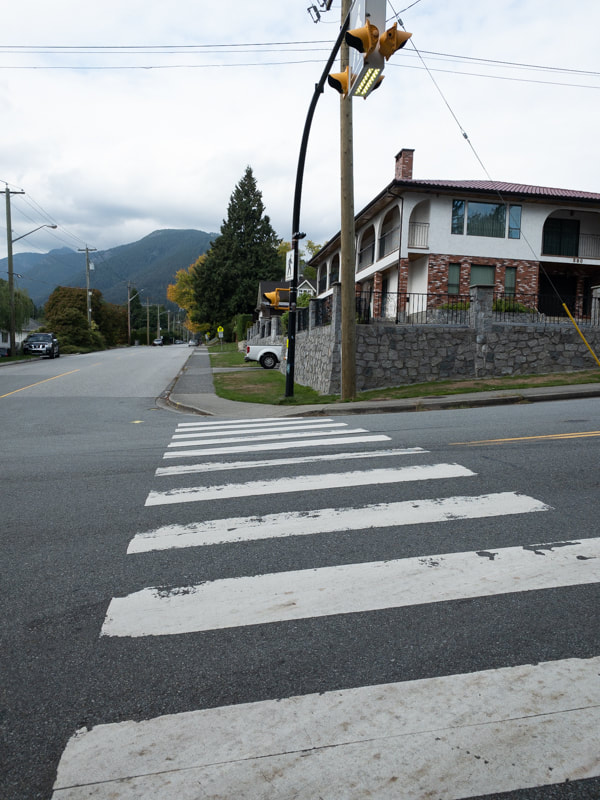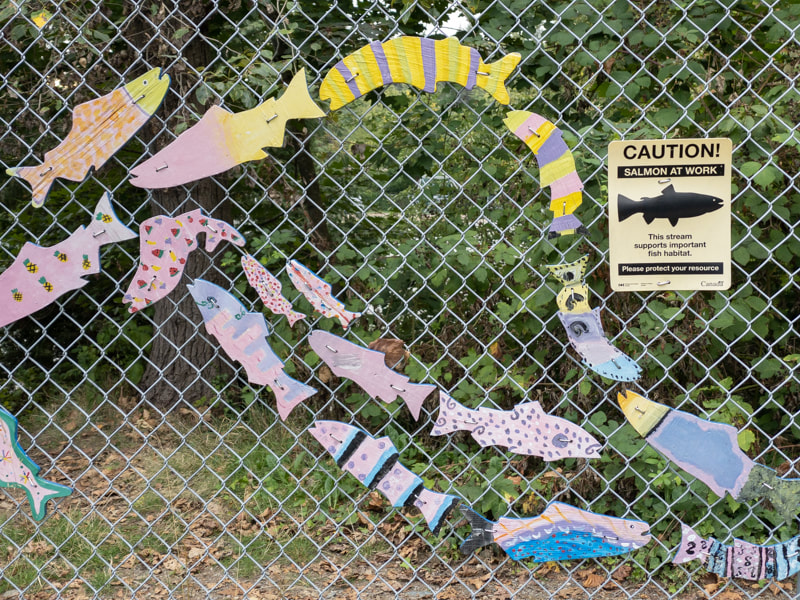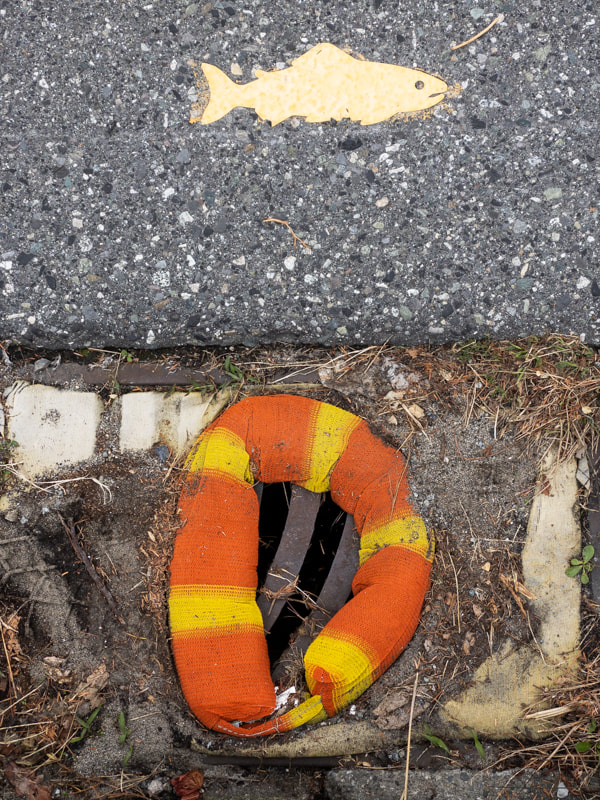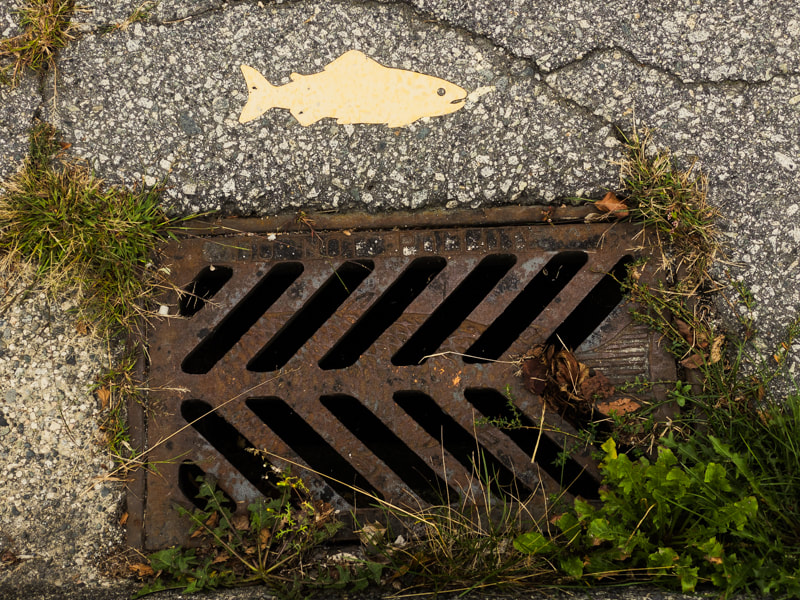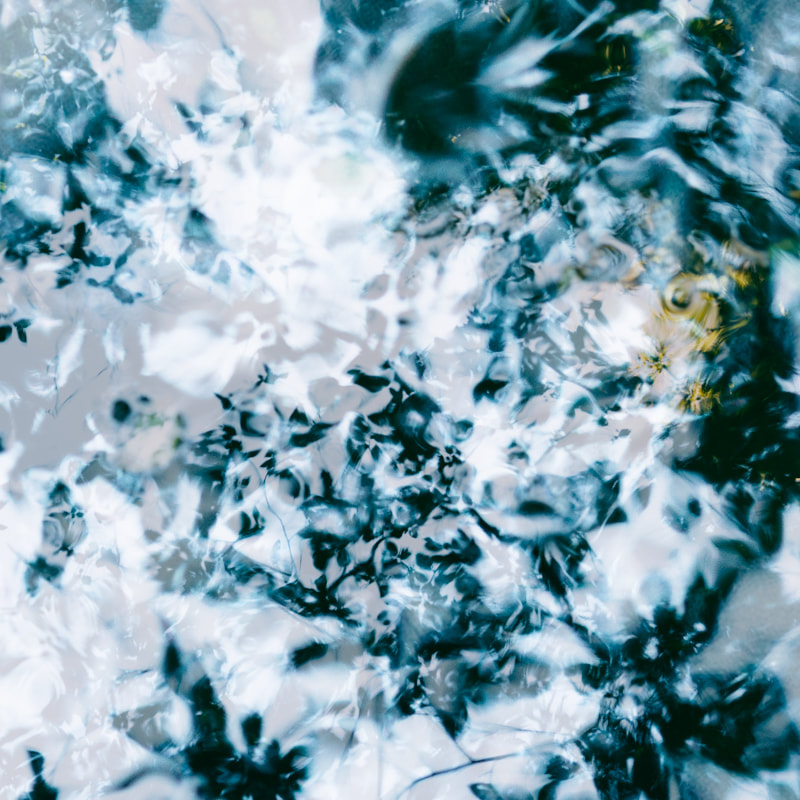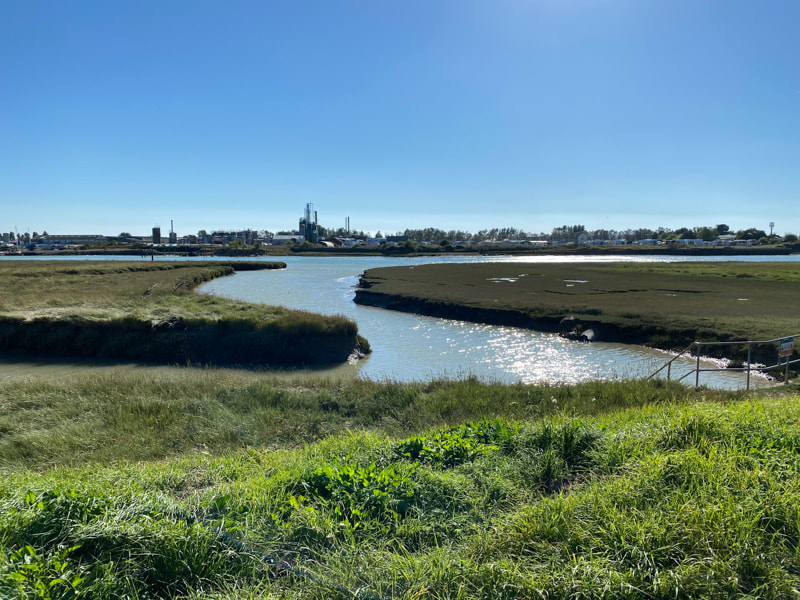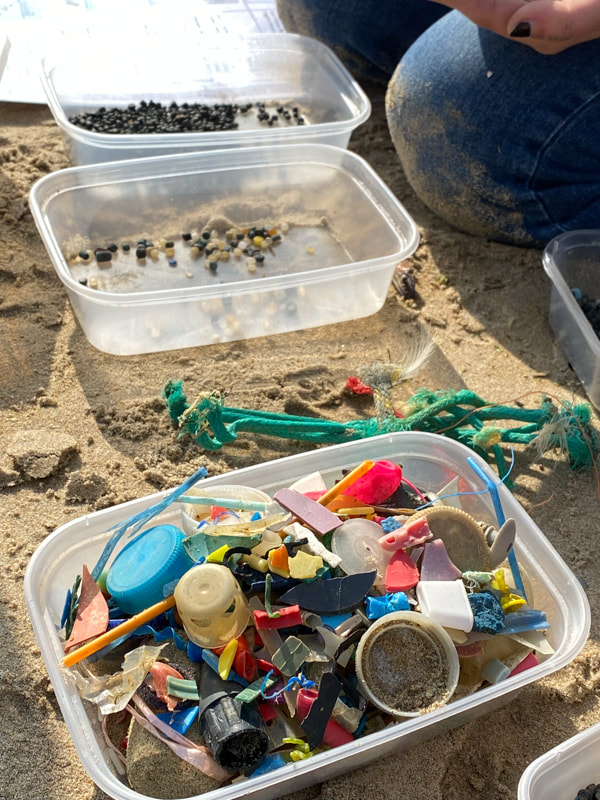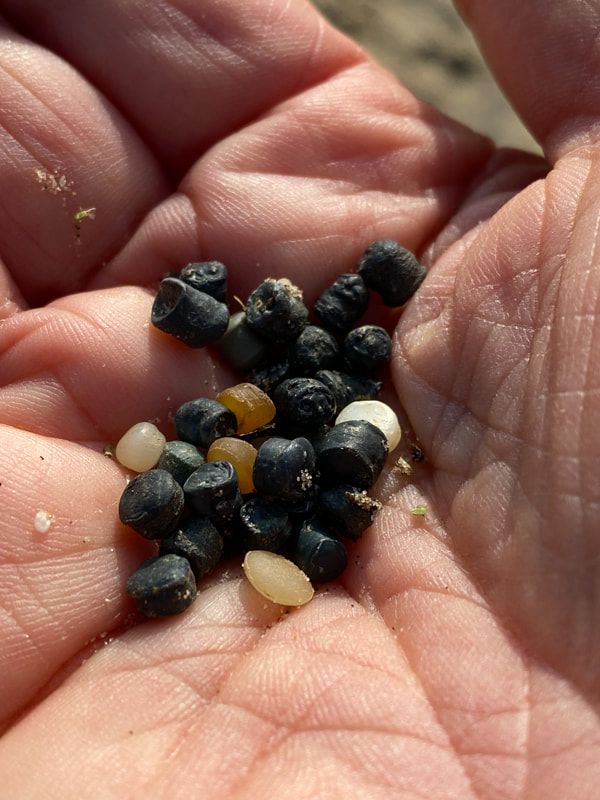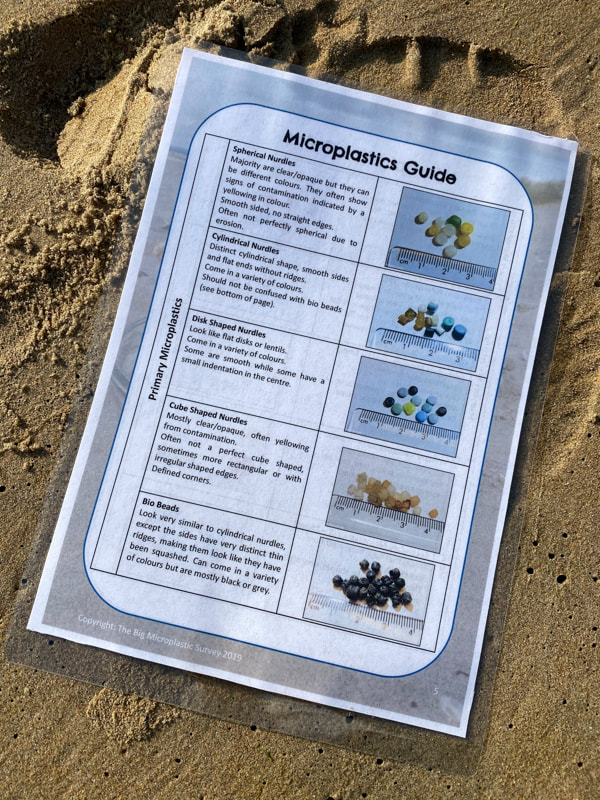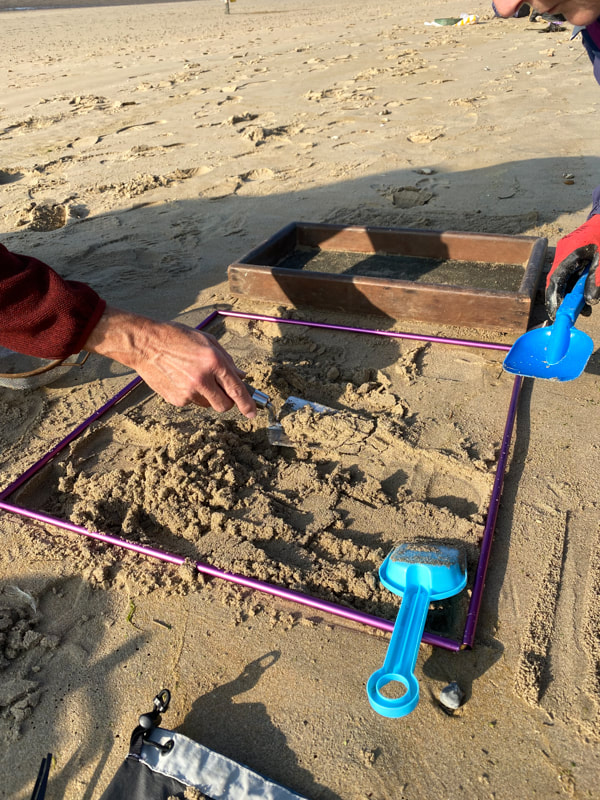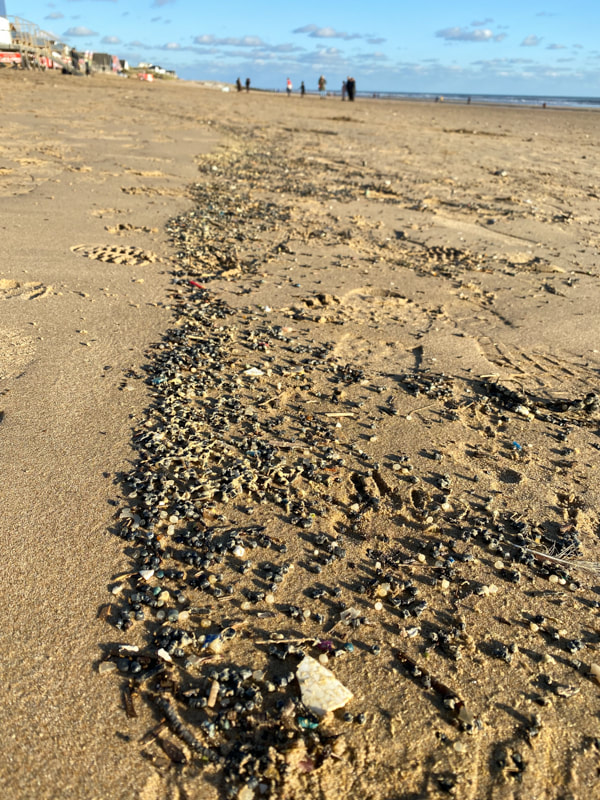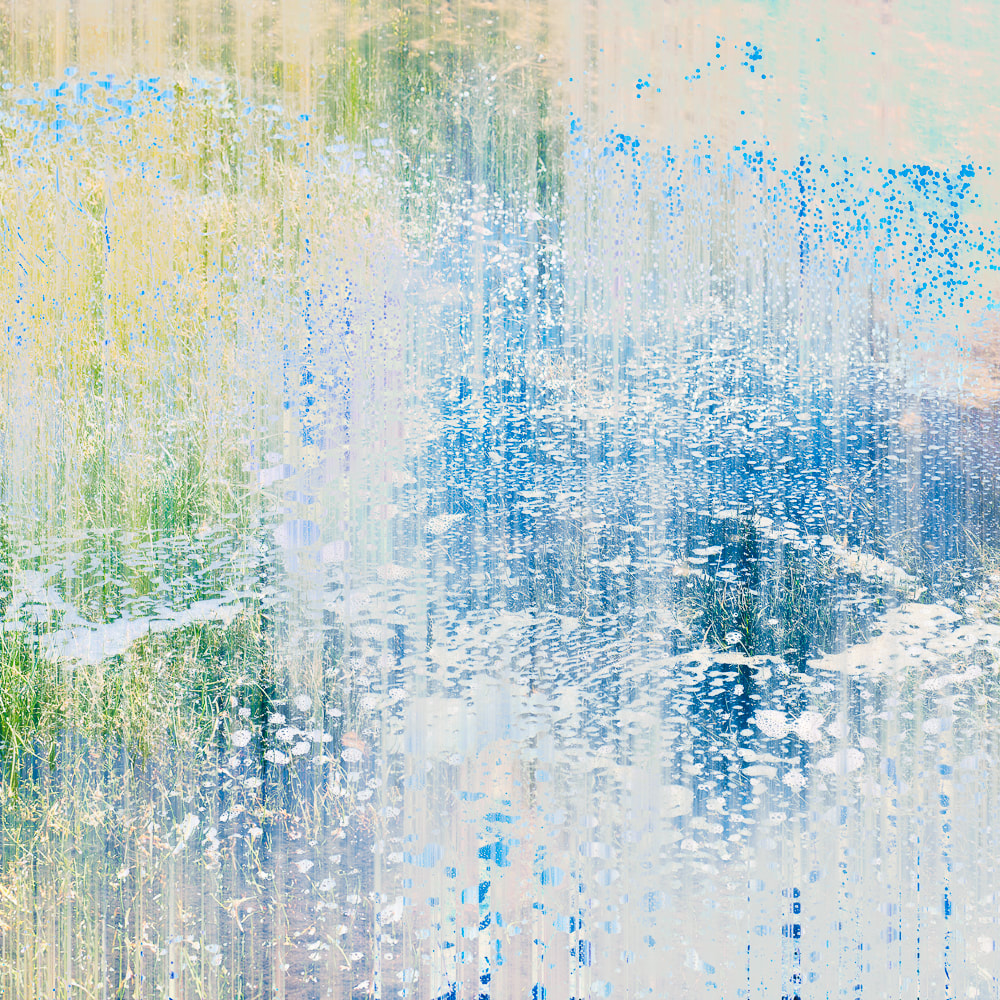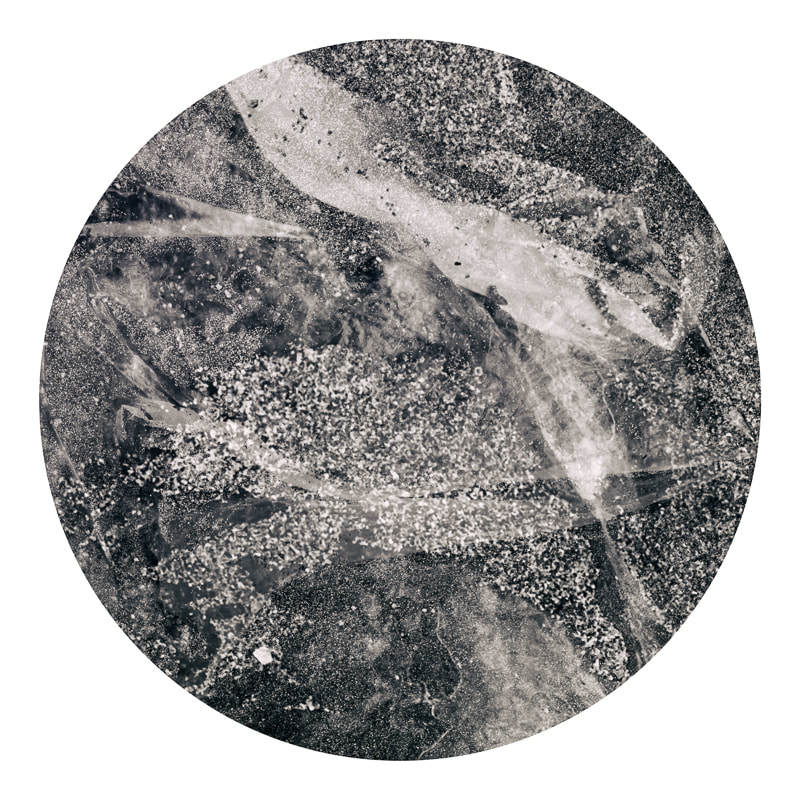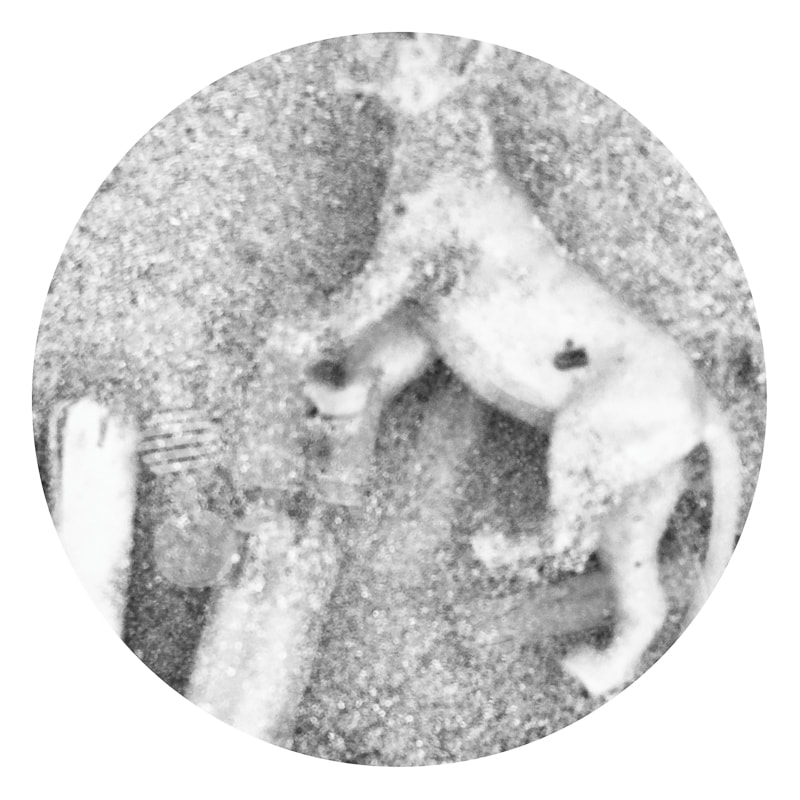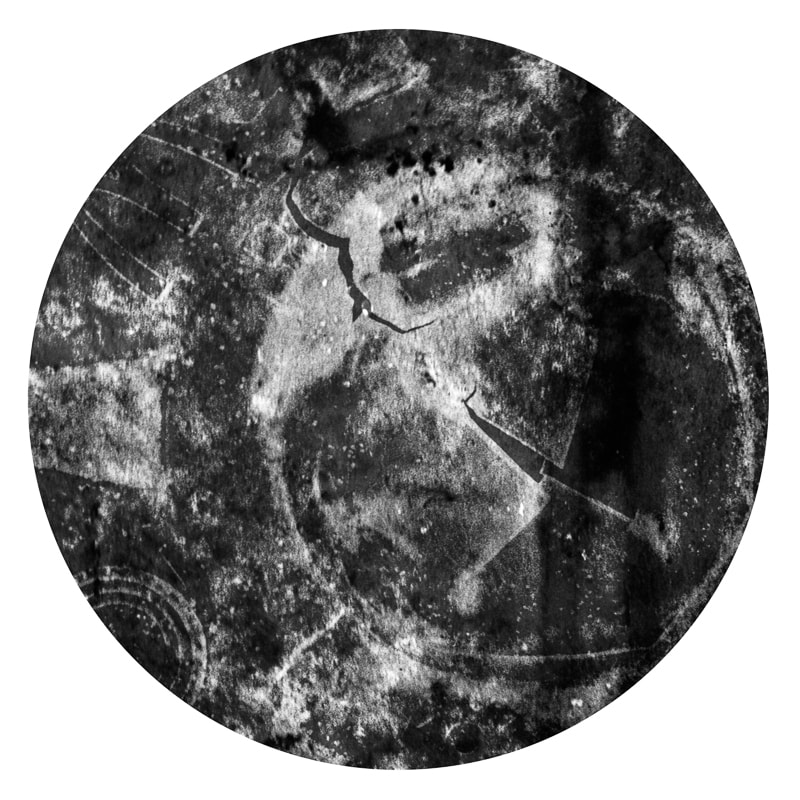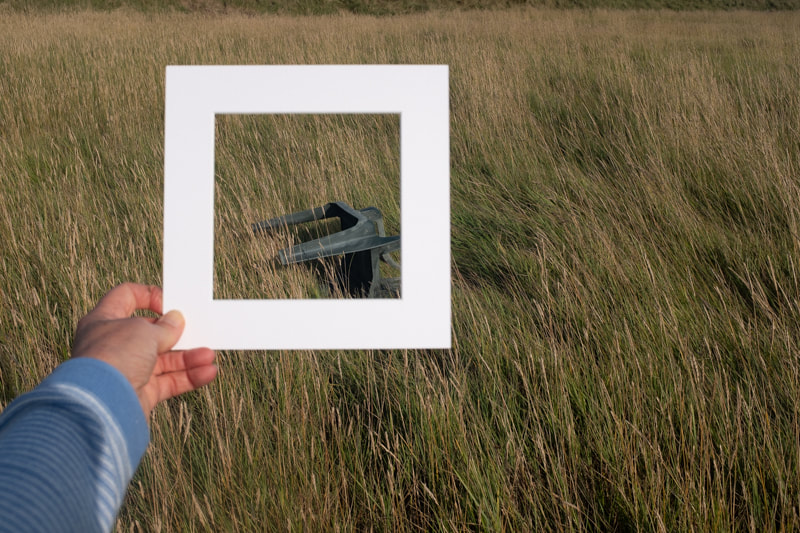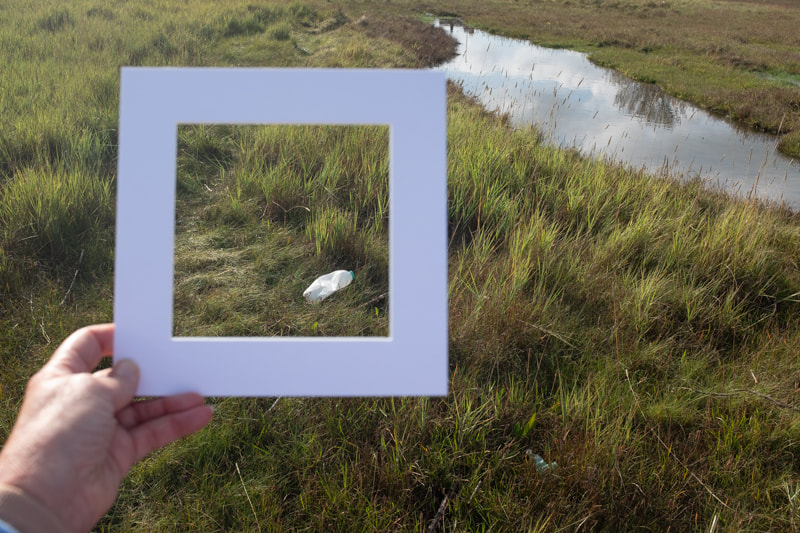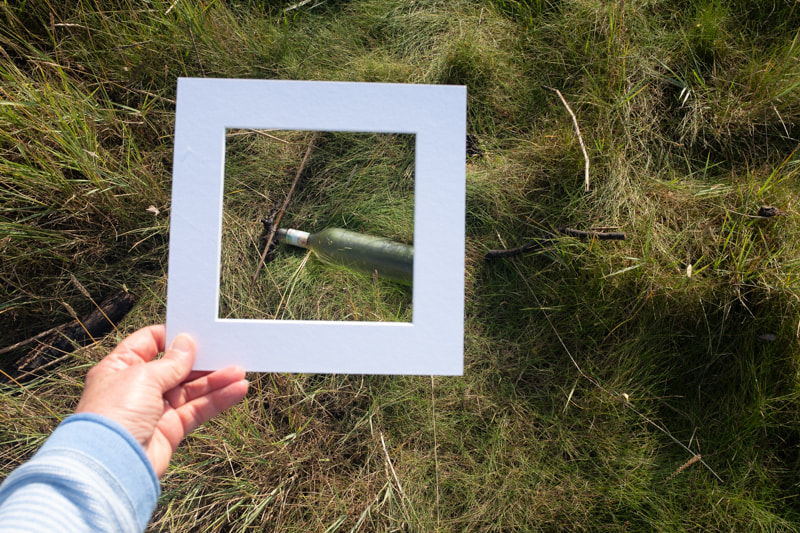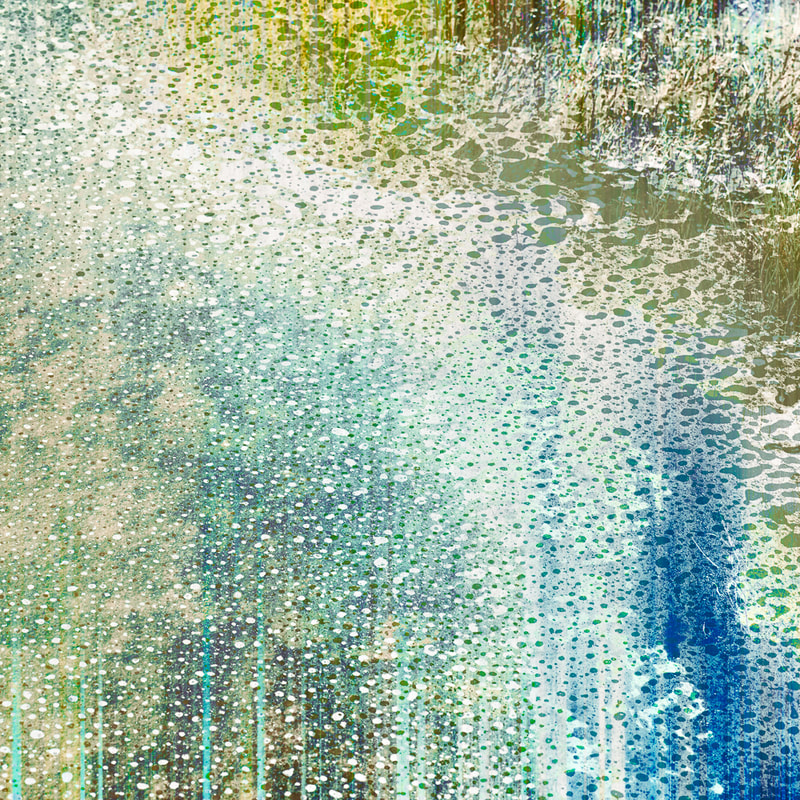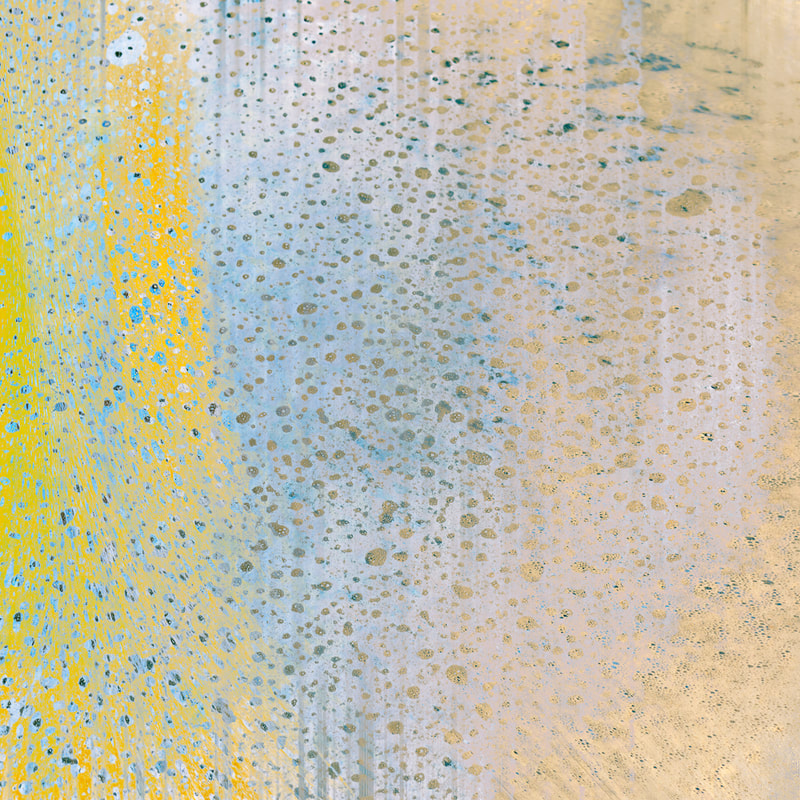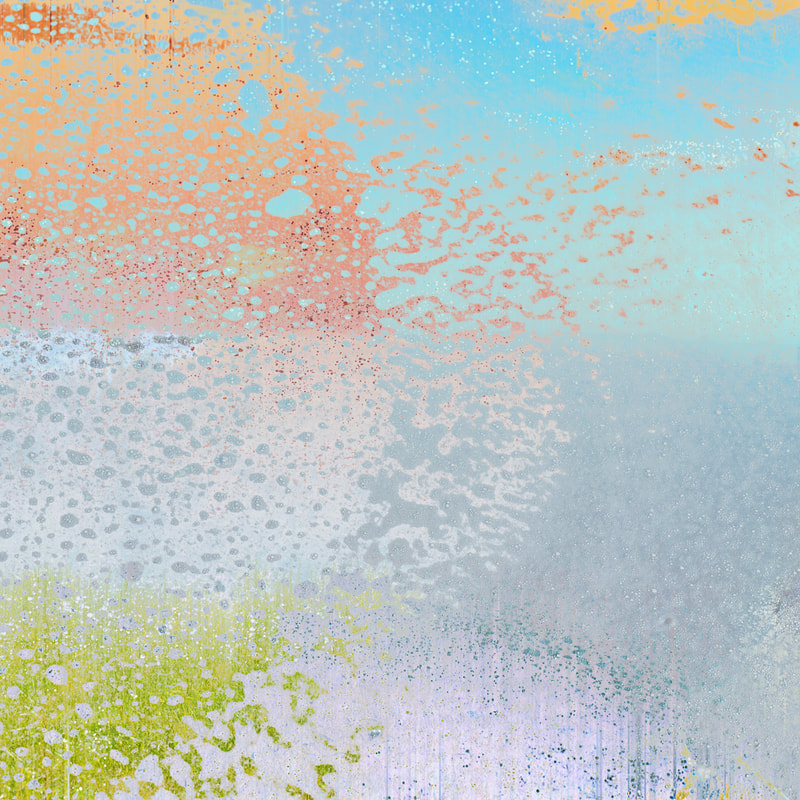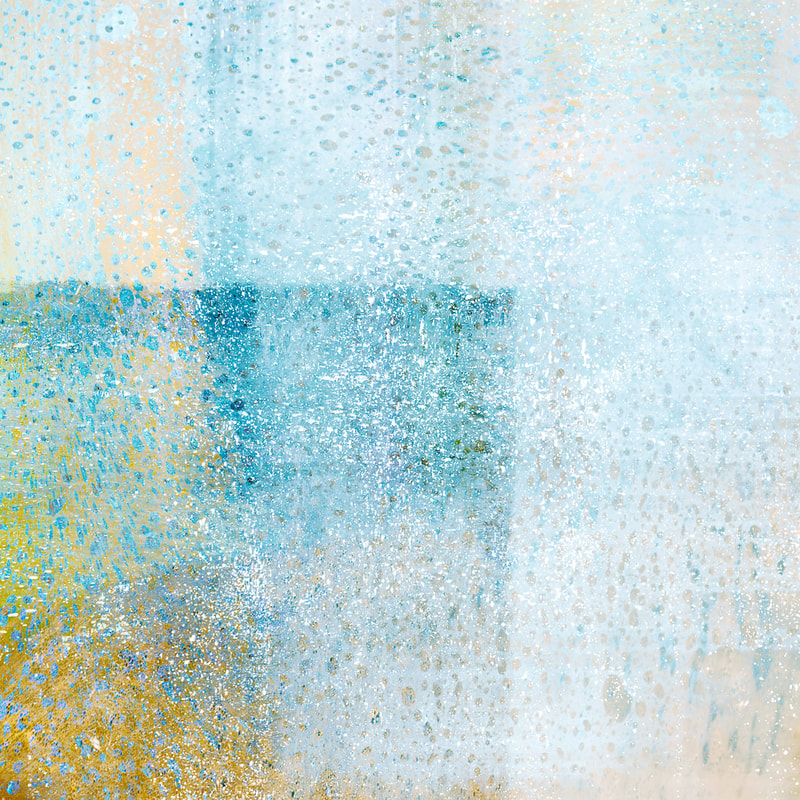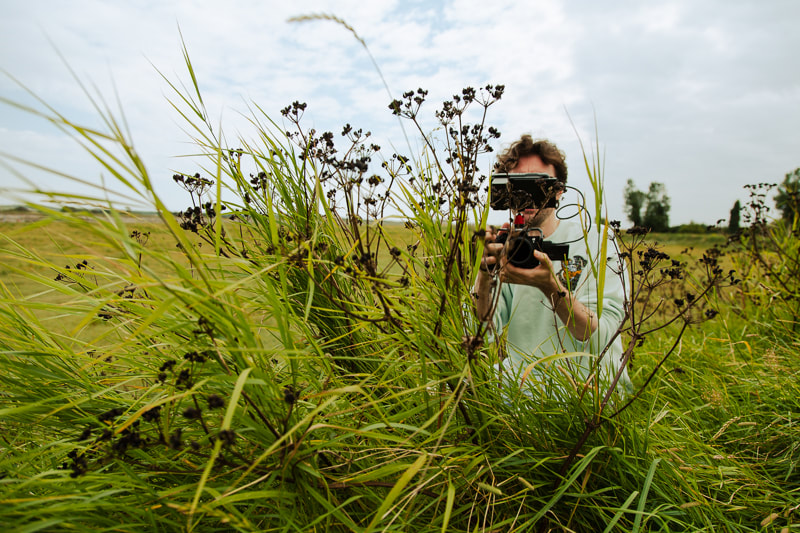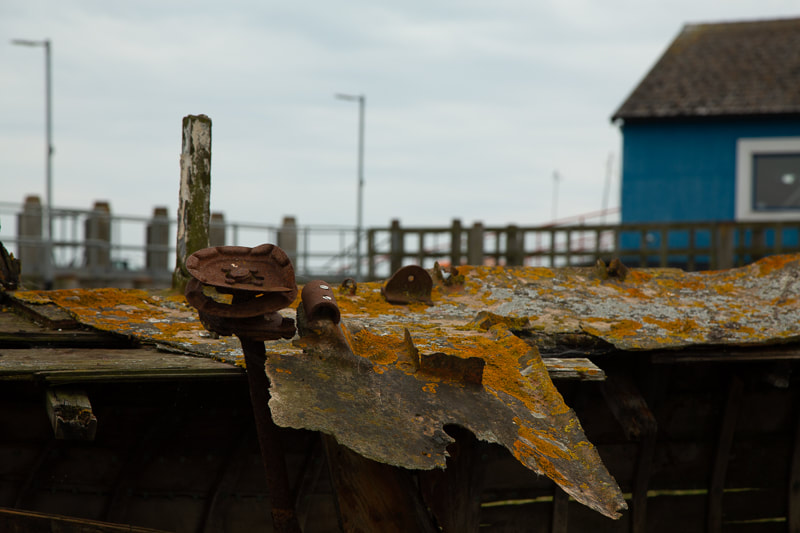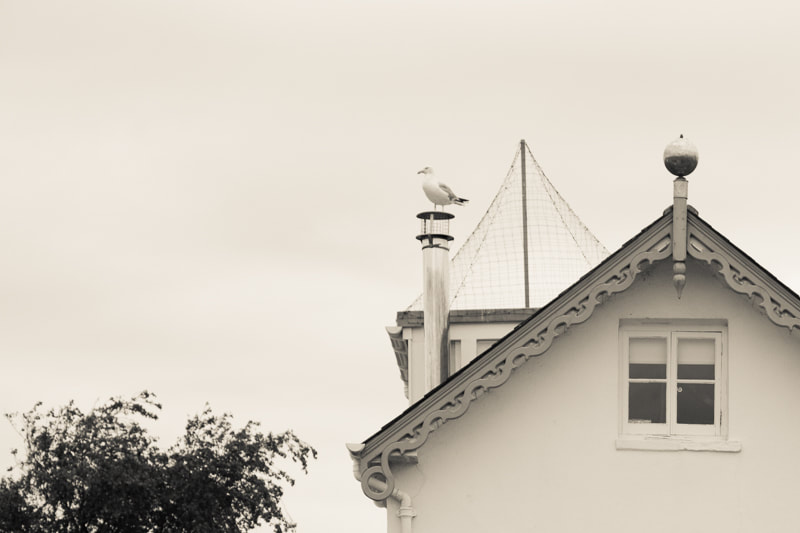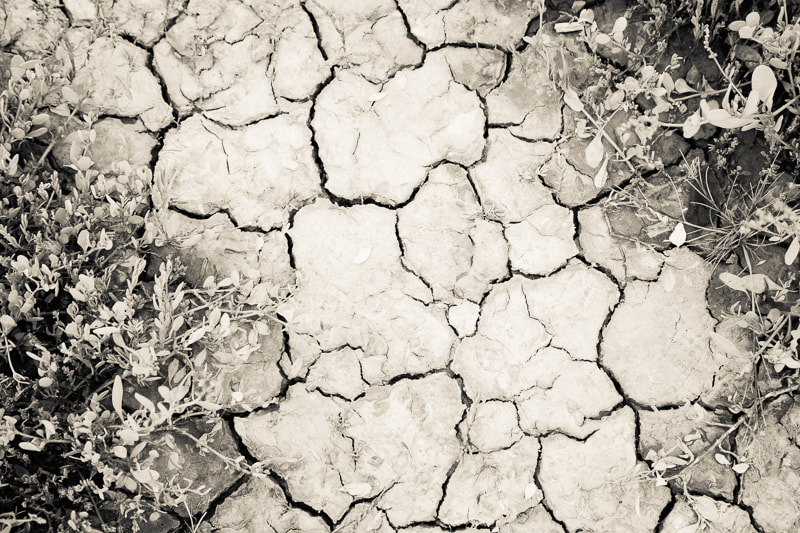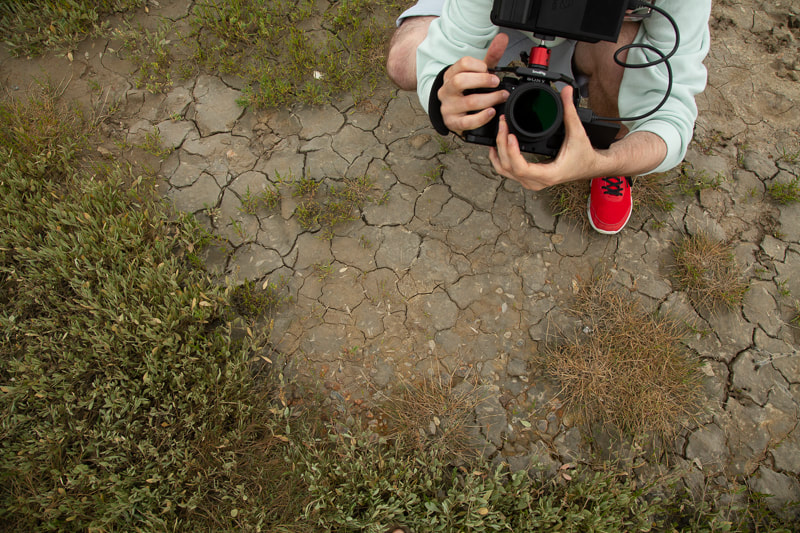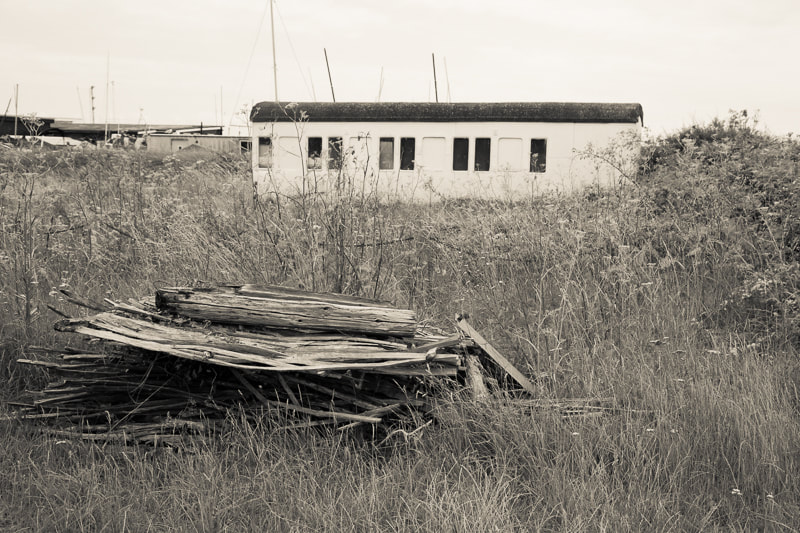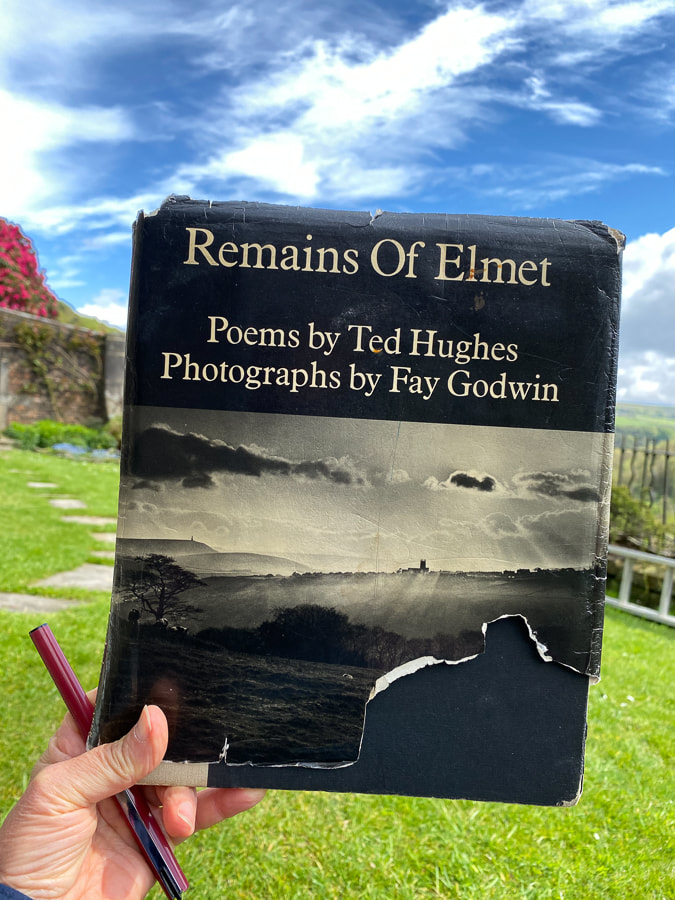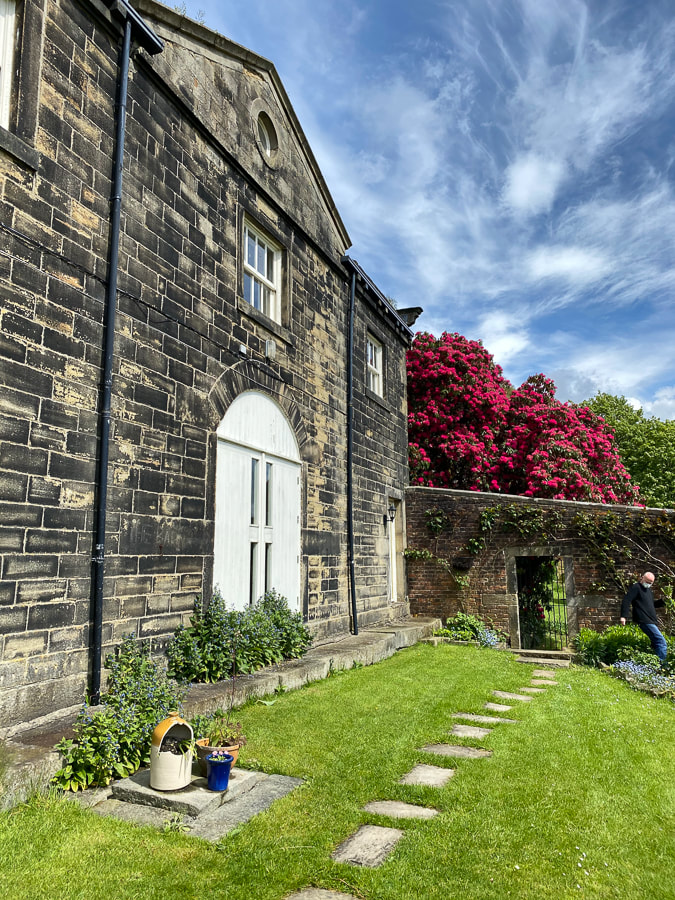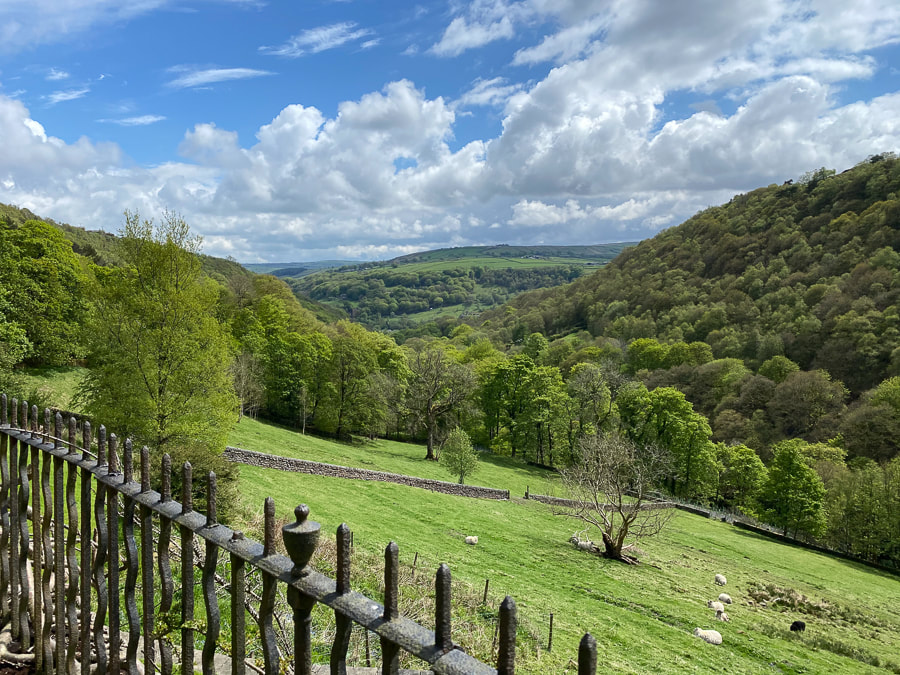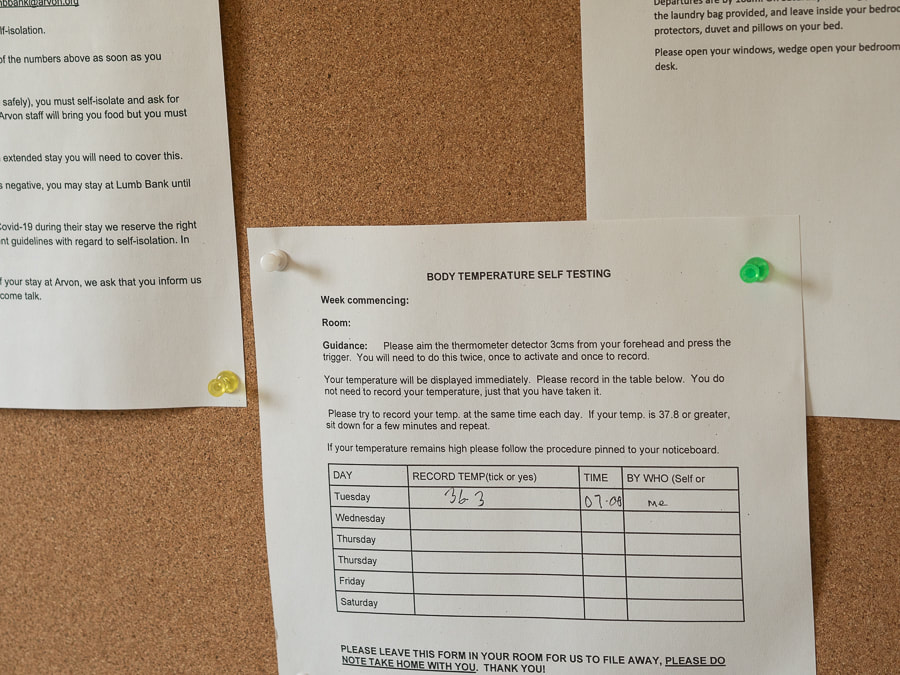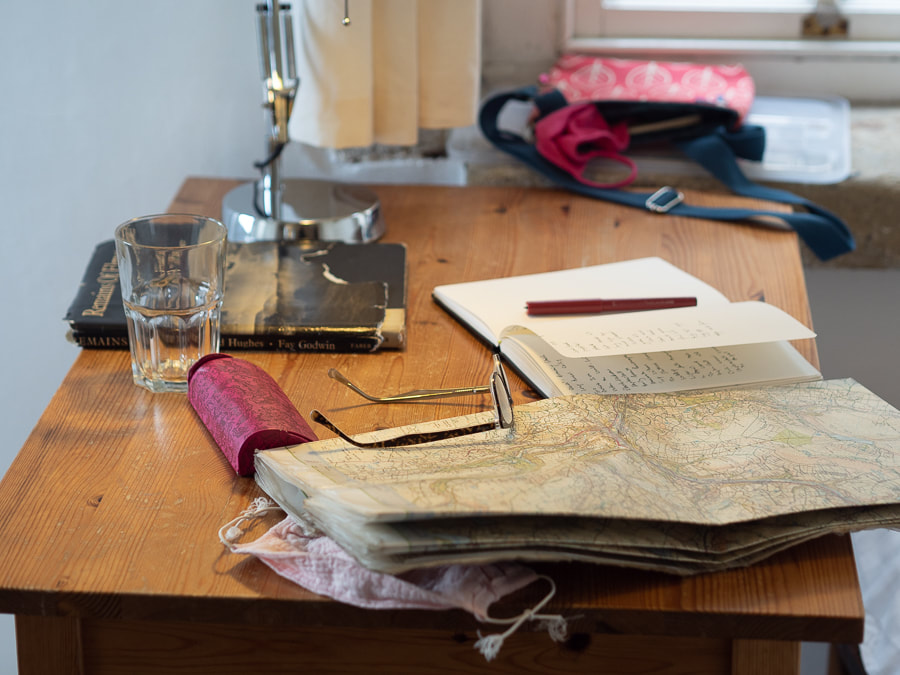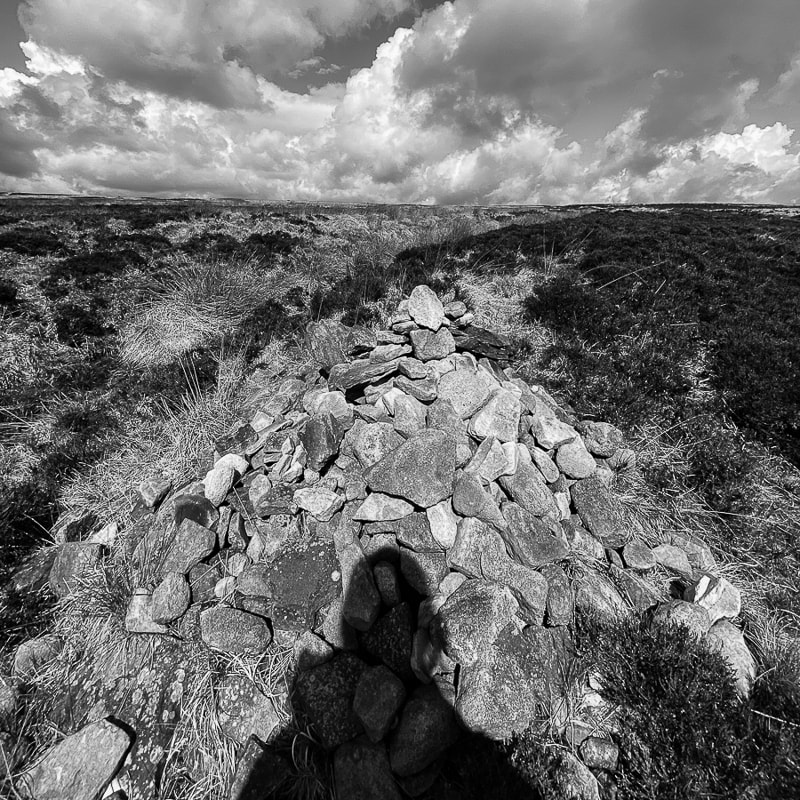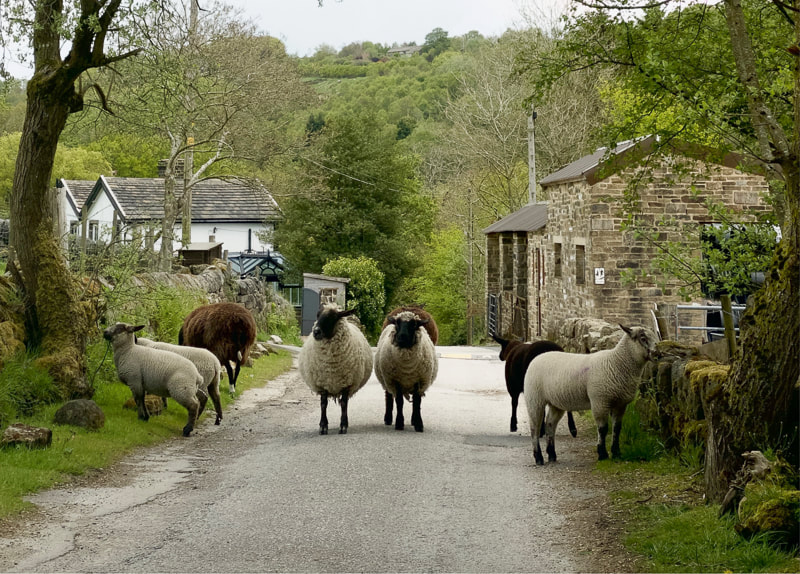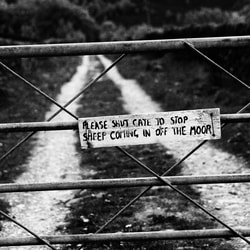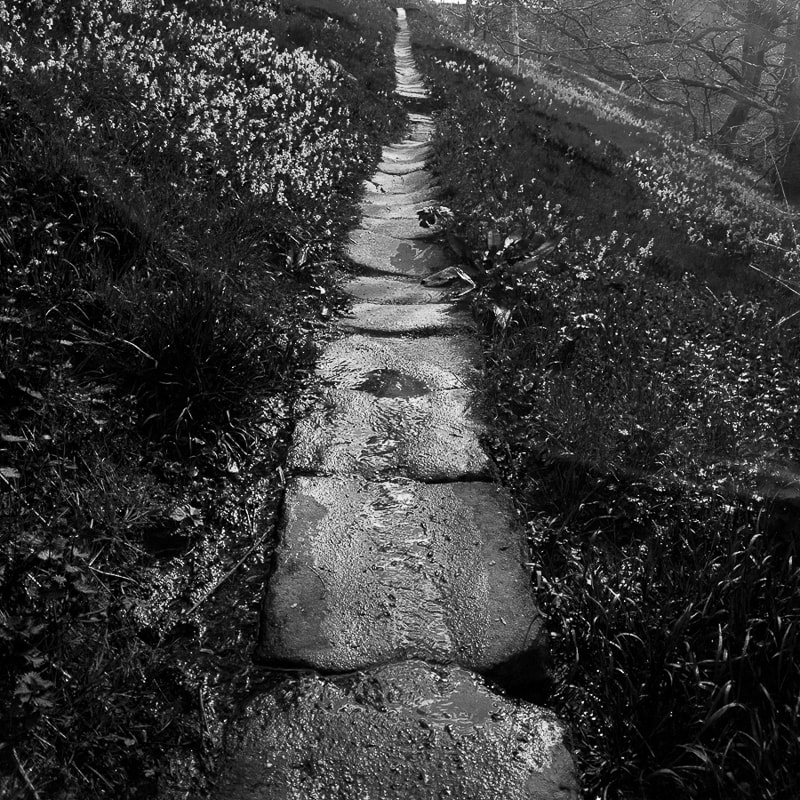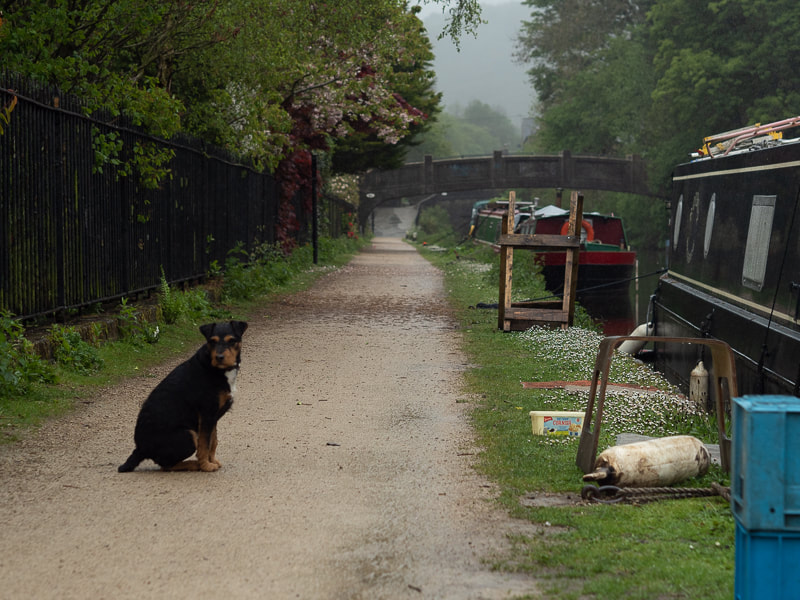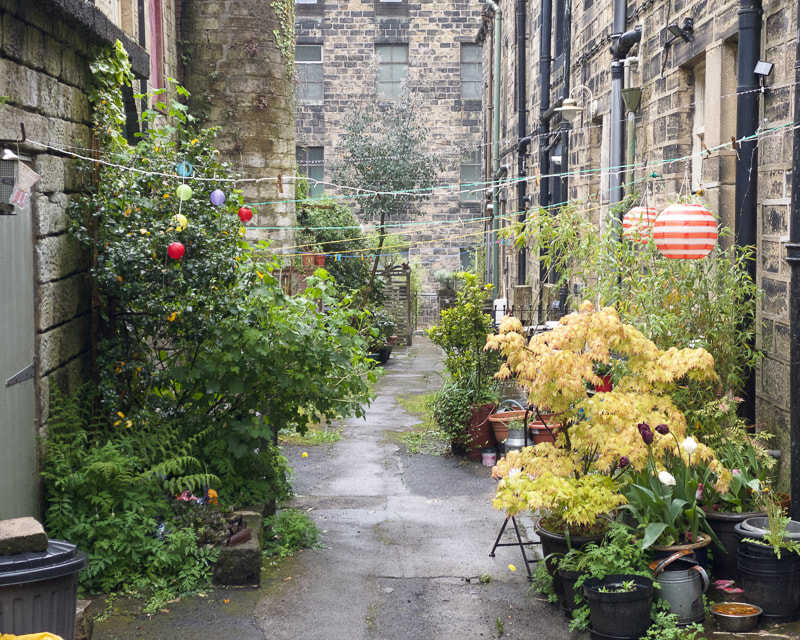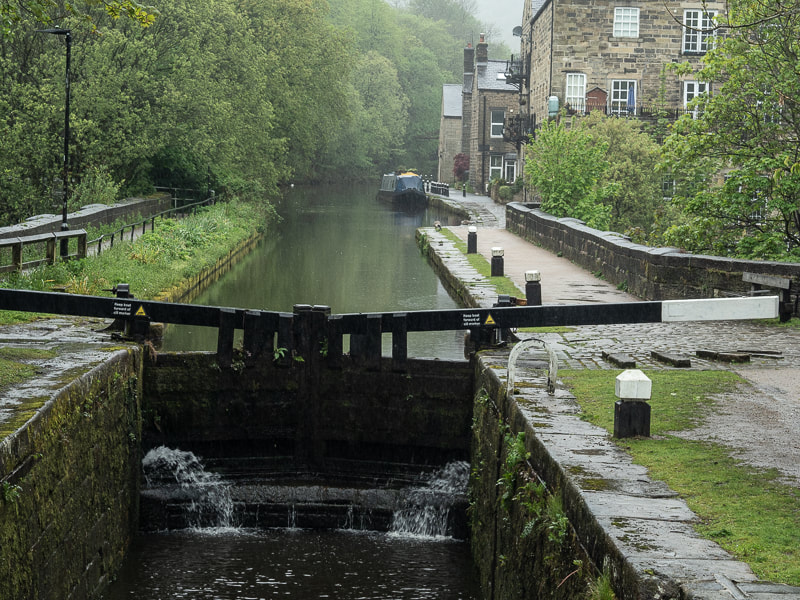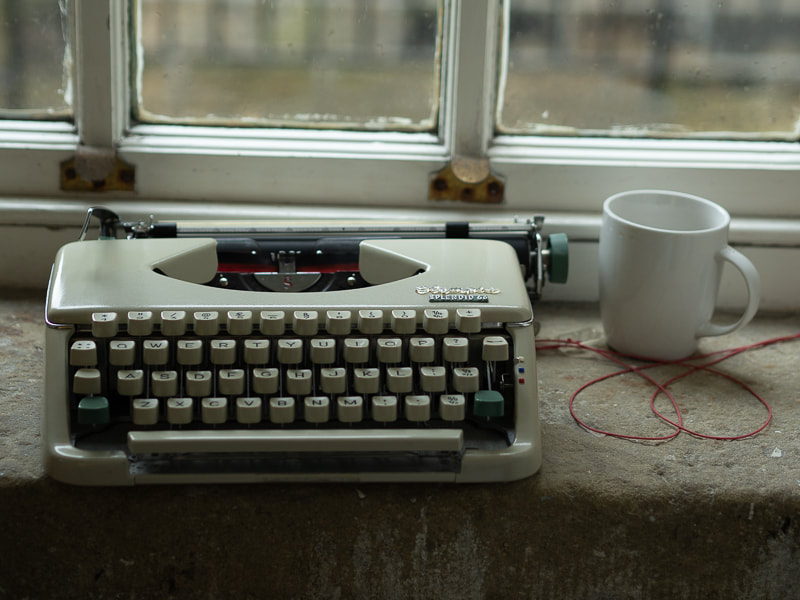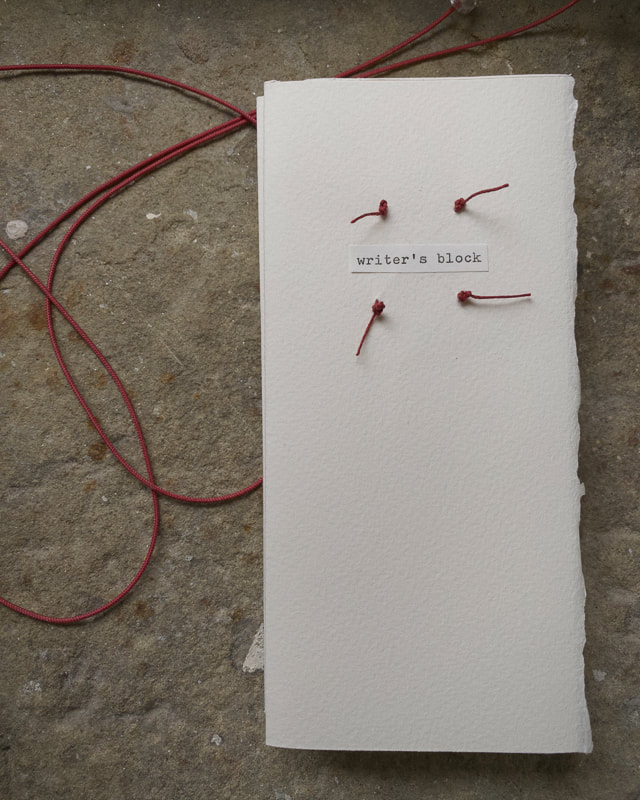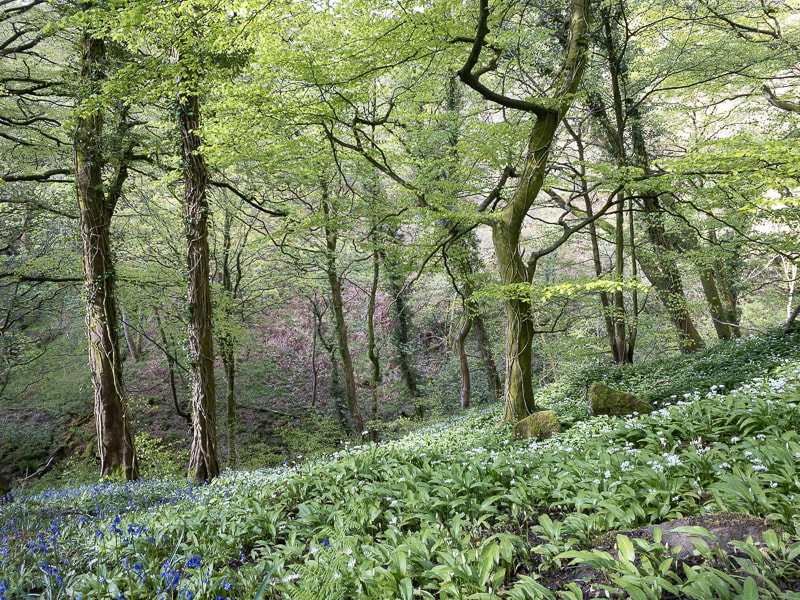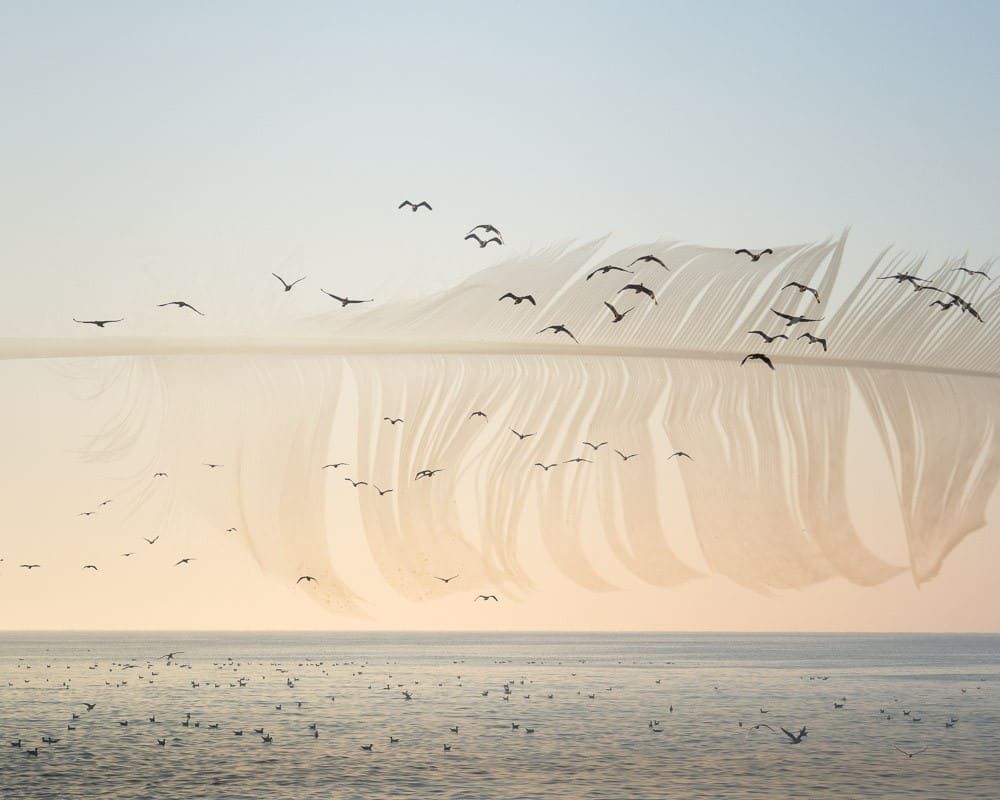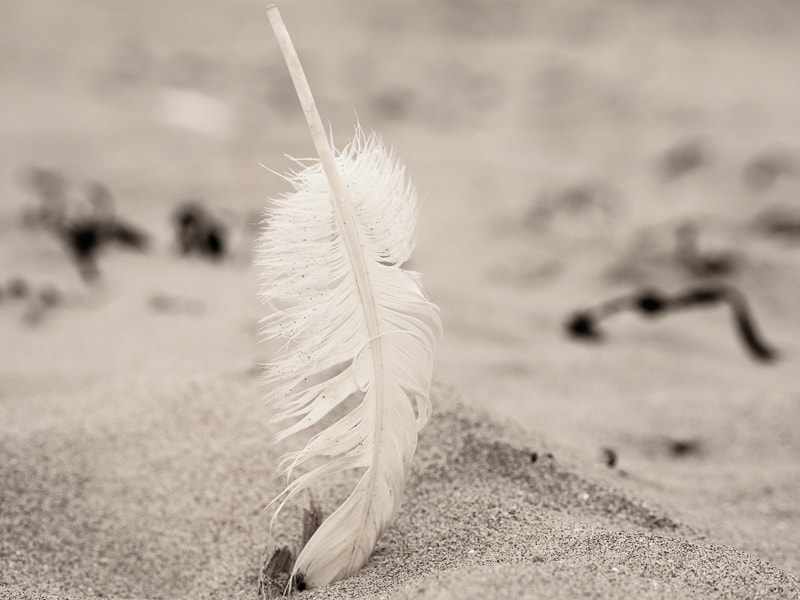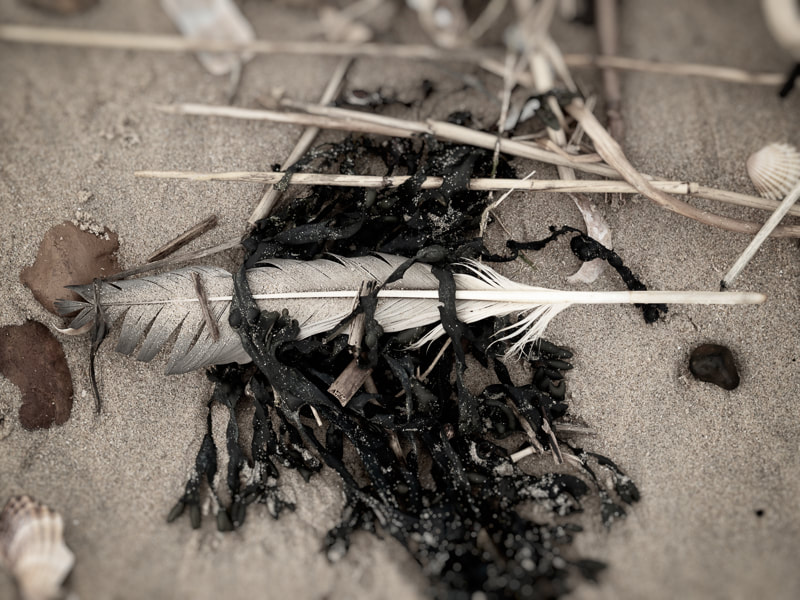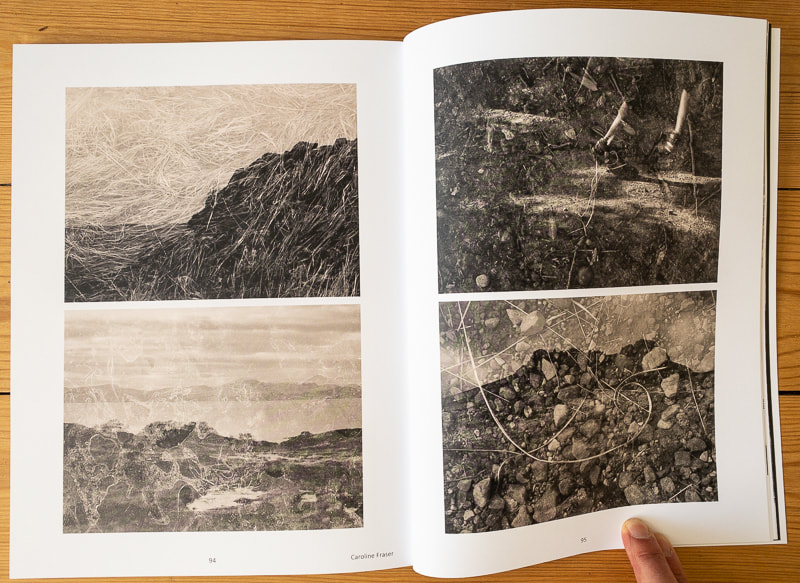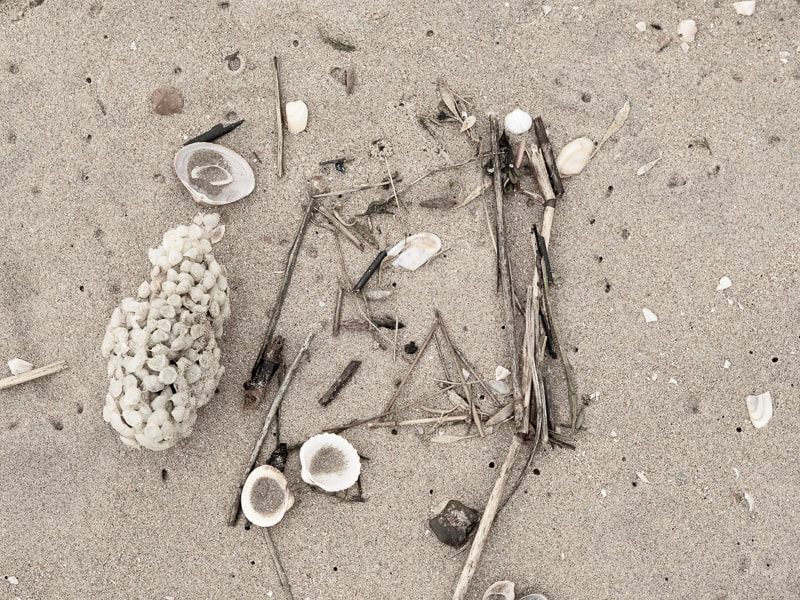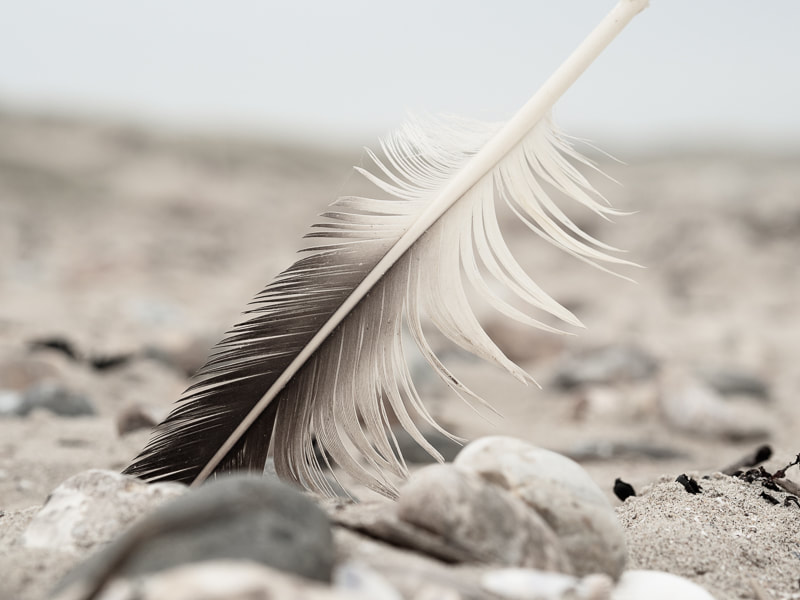I took a course recently in psychogeography with the Open College of the Arts. Psychogeography ? I hear you ask.... what on earth is that? Not exactly what I thought it was, it turns out! I had visions of exploring my feelings and thoughts in relation to my photography, but it turns out to be a lot more complex than that. A lot more historical, political and sociological than I imagined. So first, let's get the definitions out of the way. First, from Guy Debord, who first described his urban explorations in 1955 as 'the study of the precise laws and specific effects of the geographical environment, consciously organised or not, on the emotions and behaviour of individuals' Hmmmmmm- already the language is getting a bit heavy........ Secondly, a little video from Will Self, who describes psychogeography as; 'a whole toybox full of playful, inventive strategies for exploring cities....just about anything that takes pedestrians off their predictable paths and jolts them into a new awareness of the urban landscape'. That is a bit more digestible. ,, We were asked to wander, in an unplanned direction. To take note of what we saw, and to record using photographs, video, sound recordings or any other means that we chose. I started the course in Vancouver, so wandered the suburban streets, turning alternately left and right as I descended towards the city. I noticed a number of themes that grabbed my attention, but the most powerful was that of the local waterways and a consideration for the environment for local fish. It seems that even in the city I am drawn to themes around water, and seek out havens of tranquility. I strolled down mosquito creek, hidden between the suburban houses. I could have gone down the road of 'the naming of Canadian streets after men, battles and golf courses in England', but decided to leave that subject well alone. For another day perhaps.... And then suddenly, my trip was over, and I was back in the UK. Traditionally psychogeography is an offshoot of city wandering; getting out of one's comfort zone. But I do not thrive in cities, so I decided to continue my project on the banks of the River Rother in Rye. I chose a part of the river that I had never explored before; the salt marsh and river bank between Rye and Camber Sands. I stuck to my theme of water quality, and then it all turned a bit murky...... I was delving into the muddy waters of plastic and sewage pollution of our rivers and beaches. I joined the Strandliners for a beach survey of microplastics. We found biobeads ( filtration beads discharged from sewage treatment plants by Southern Water) and nurdles ( the raw material for plastic production) in their hundreds. All of these issues were having a neagtive effect on my psychological status. I discovered a new word to describe the problem 'Solastalgia' - a form of emotional distress caused by environmental change. Going out with the Strandliners was a real help ; meeting like minded locals and feeling that I was doing something positive made all the difference. I decided on a way forward for my project that would bring me out of the doom and gloom. I would look at the dark and light sides of my locality, for a project 'Shore - in darkness and light'. For the light side I would create colourful multiple exposure images from the salt marsh to convey the positive effects of nature. For the dark side, I created a series of images of the pollutants in the environment. Wet wipes, tampons, plastic toys and coffee cup lids. items washed up on the salt marsh I supported Surfers against Sewage and wrote to my local MP about the environment bill and sewage outages. I got a feeble reply, saying that it was too expensive to stop storm overflows by water companies. But the tide of public opinion is turning and is really making a difference. It has been an interesting experience looking at a locality from new perspectives. The language of psychogeography was a bit impenetrable, but I have found some new tools to express my thoughts on the landscape, and met some very interesting people, as far away as Australia. Now to decide what to do next............. a book perhaps......... |
I was asked to make a movie. About my art practice.
This request came out of the blue, from a film maker Alisdair Kitchen, who was appointed by Rye Arts Festival Digital Fringe.
I did not know of him, but liked what I saw on his website very much; he has worked with opera singers and is himself a musician. His style appealed to me, so I said 'yes'.
We arranged to spend a day together, in my studio and out on location.
My main worry was what to wear. I am clearly vainer than I realised.....
We talked in the studio, and he watched me sewing a book. The notice board and windowsill featured highly; Alisdair liked the wind blowing papers around. I admired his setup, and realised that I would probably never make a video again.....
Then we were off to Rye Harbour.
A visual desert for my type of photography. Old buildings and boats. Way out of my normal comfort zone.
I walked, he followed. I wondered why I had forgotten a belt to hold my trousers up.
I felt acutely self conscious.
I saw a seagull on a chimney.
Some cracked mud.
I pretended to take photos.
But mostly I saw Alisdair, and felt so self conscious that I snapped wildy at anything that I passed. This was for show; except that it was not.
Alisdair decided that photos I took were to end up in the film. I was not keen on this idea; I don't make images when being followed closely by a cameraman. I like to be alone, quiet, getting into a rhythm by walking and thinking.
The harder I tried, the worse it felt. Alisdair was happy because he was outside, and the wind was blowing my hair.... seems he likes wind.
But I should not have worried.
Because Alisdair is a pro. The film that he made is gentle and beautiful.
Out of all the nonsense that I talked, he picked out the key elements of my story, and put them together in a way that I feel is completely true to my practice.
You can watch it here......
